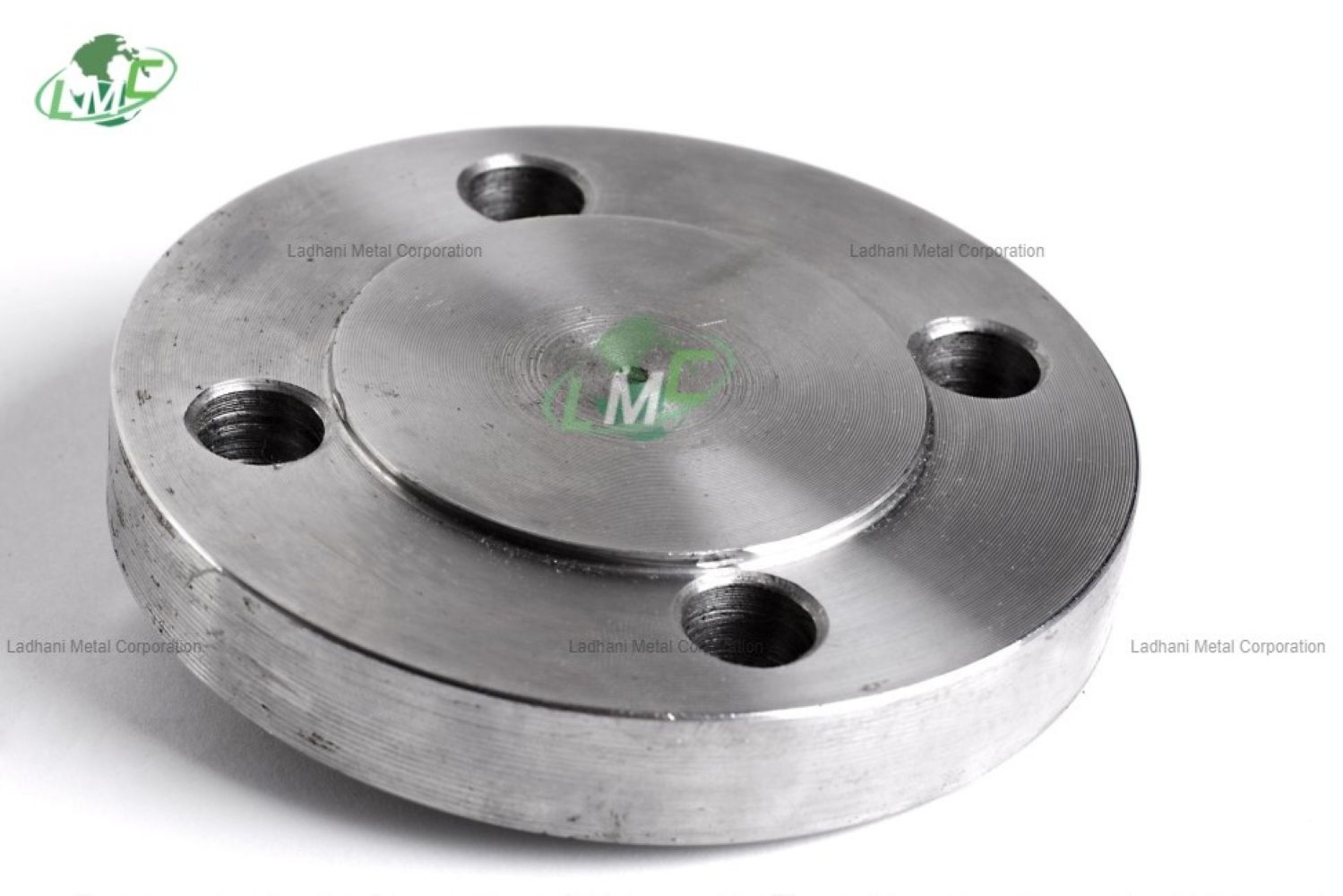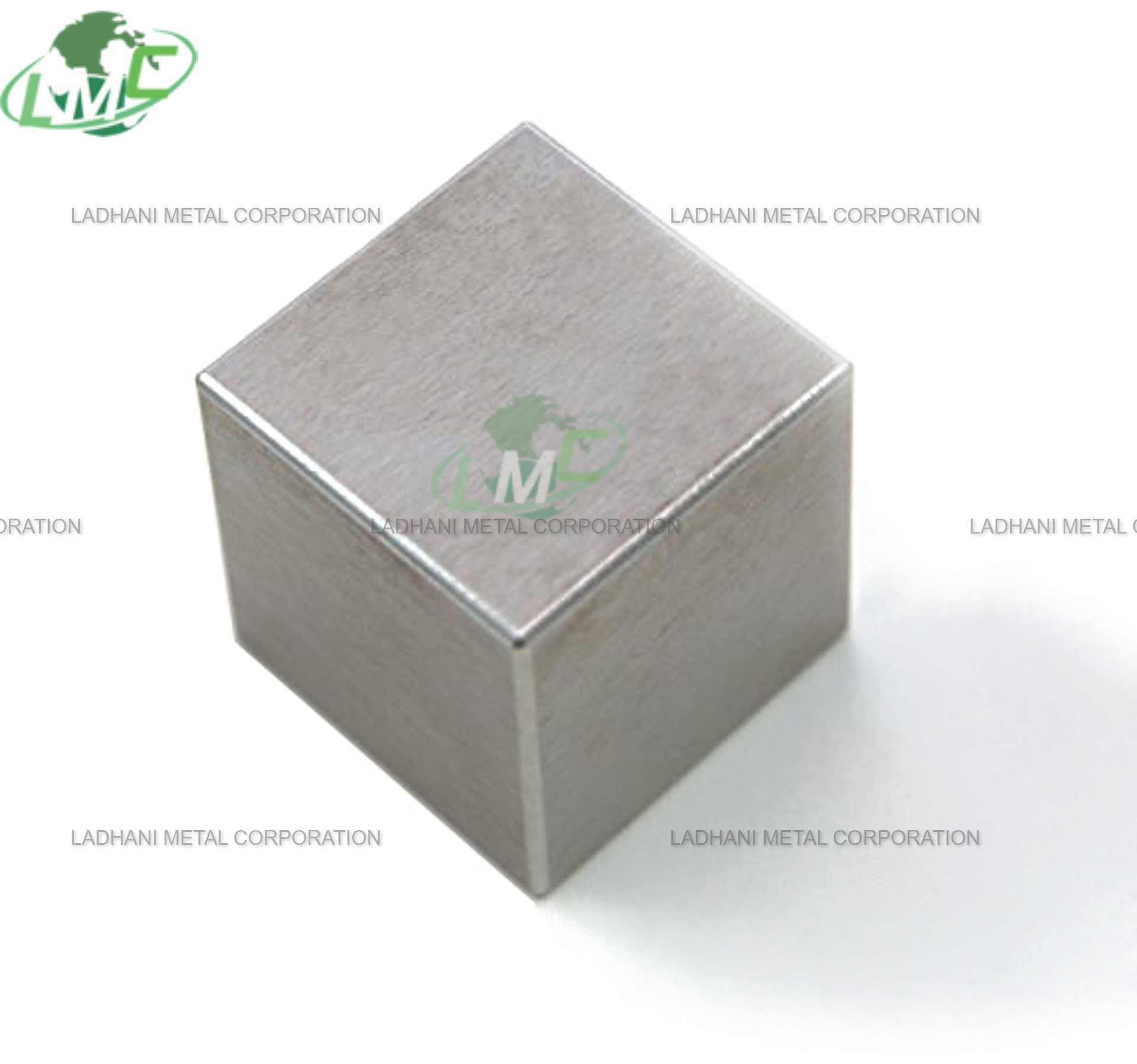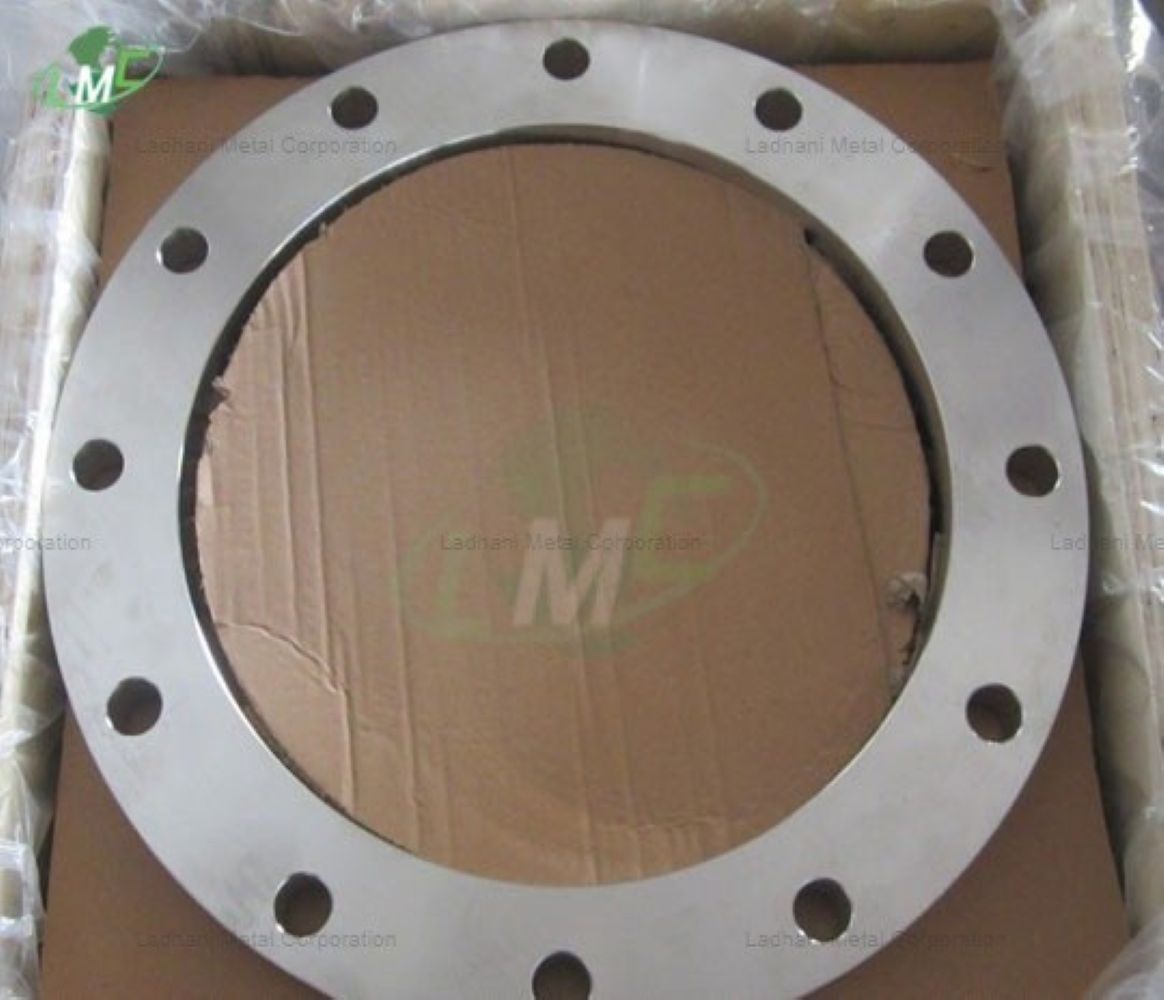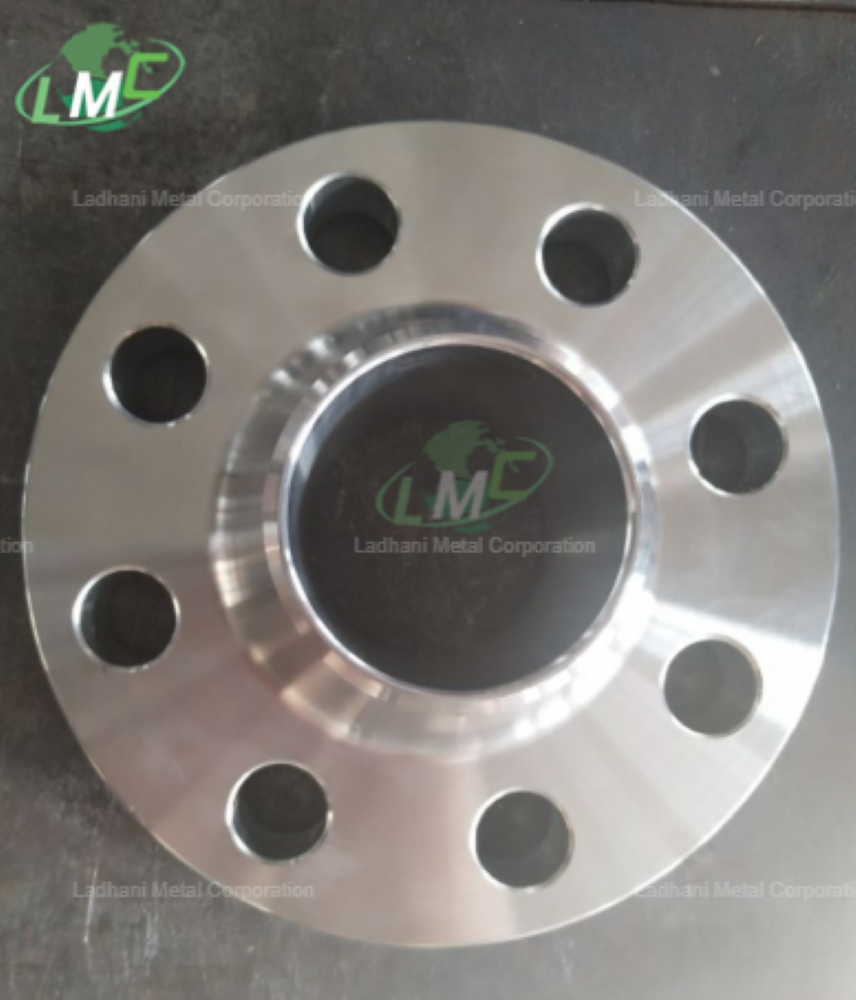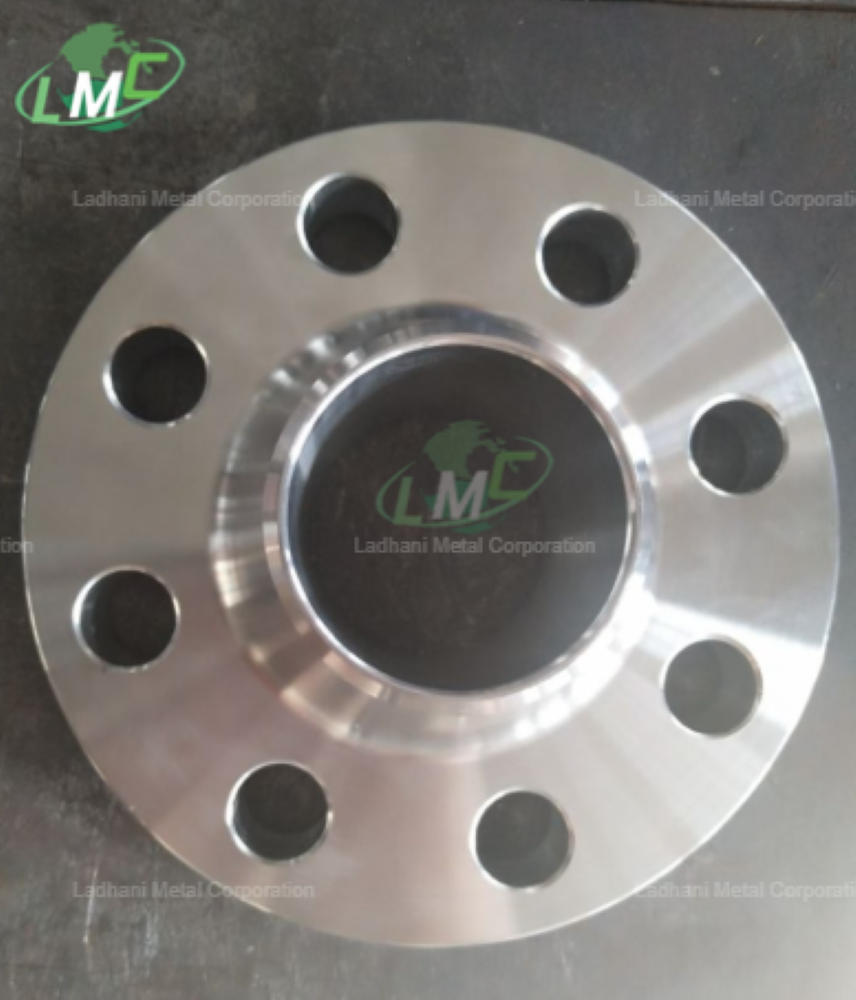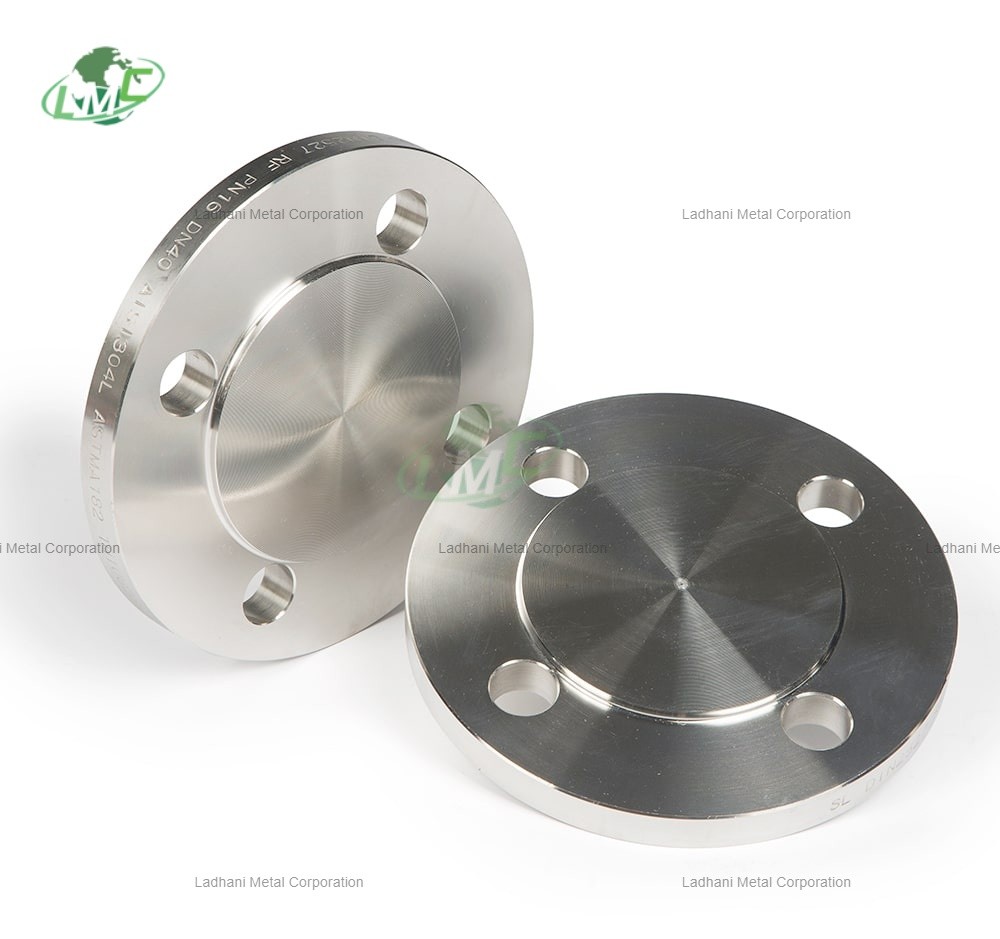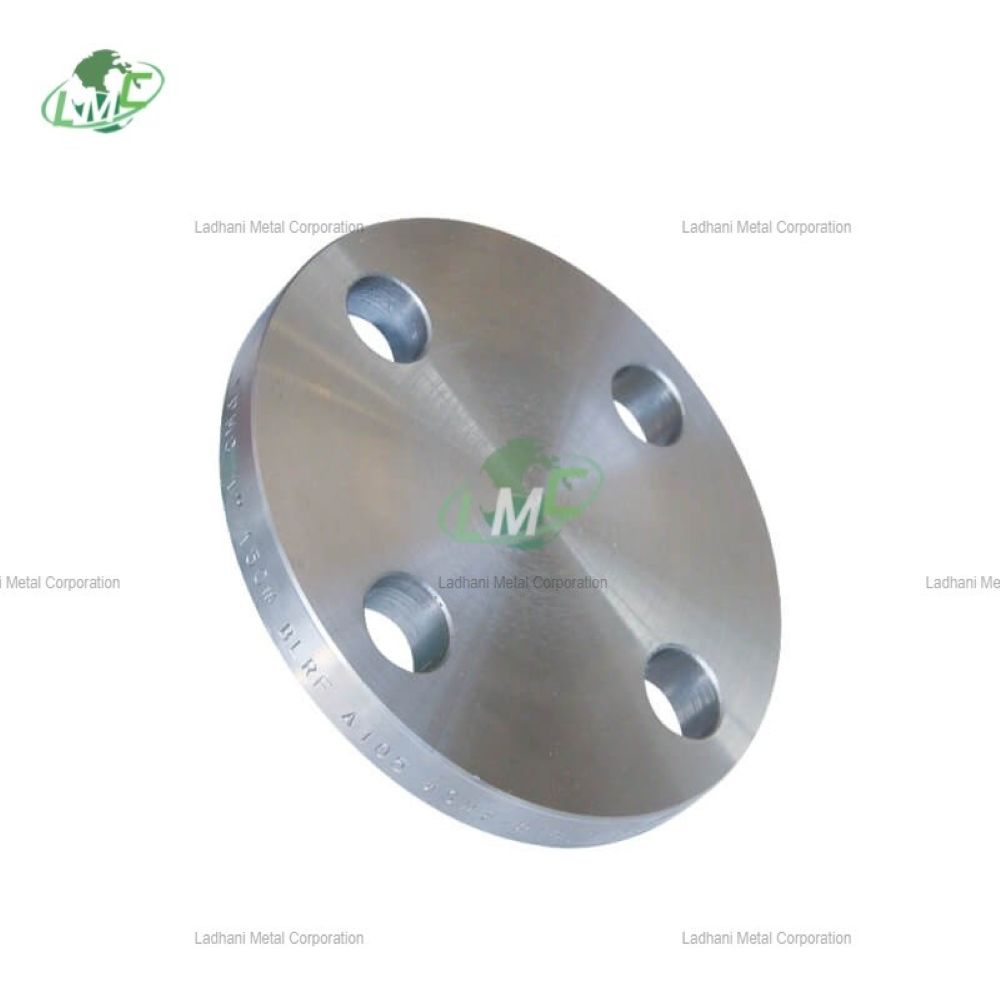DIN 2527 is a German standard that defines the dimensions, design, and tolerances for flanges, including blind flanges. Blind flanges made of stainless steel 316 are commonly used in piping systems to seal the ends of pipes, providing a secure and reliable closure. Here's a detailed description of DIN 2527 Stainless Steel 316 Blind Flanges: Material: Stainless Steel 316: This is a higher grade of stainless steel compared to 304, offering superior corrosion resistance. Stainless steel 316 contains molybdenum, which enhances its resistance to corrosion, particularly against chlorides, making it ideal for environments with higher risks of corrosion, such as seawater, chemicals, and marine environments. Corrosion Resistance: Stainless steel 316 has excellent resistance to a wide range of chemicals and industrial environments. Temperature Resistance: It can withstand higher temperatures compared to 304 stainless steel, making it suitable for high-temperature applications. Strength: Stainless steel 316 has slightly higher tensile strength compared to 304, offering added durability and structural integrity. Design and Dimensions: Shape: Blind flanges are flat, round plates with no center hole, used to seal the end of a pipe or pressure vessel. Bolt Holes: These flanges have bolt holes to align with bolts for connecting to other flanged components. The number and size of bolt holes depend on the diameter of the flange and the pressure class. Thickness: The thickness of DIN 2527 blind flanges varies depending on the pressure class (PN 6, PN 10, PN 16, PN 25, etc.). Thicker flanges can handle higher pressure ratings and provide a more secure seal. Pressure Rating: Similar to other flanges, the pressure rating for DIN 2527 blind flanges is important for determining the maximum pressure they can withstand without failure. Stainless steel 316 flanges can be designed to withstand high-pressure applications. Applications: Sealing: Blind flanges made of stainless steel 316 are used to seal the end of a pipeline or vessel to prevent fluid leakage, effectively creating a closed system. System Isolation: These flanges are used to isolate sections of a piping system for maintenance or modification, allowing for safe shutoff of pressure or fluid flow. High-Corrosion Environments: Due to the superior corrosion resistance of stainless steel 316, these blind flanges are used in industries where exposure to corrosive materials, saltwater, or harsh chemicals is a concern (e.g., chemical processing, marine, pharmaceutical, food processing). Types of Blind Flanges in DIN 2527: Raised Face (RF): The face of the flange is slightly raised to improve the sealing capability when paired with a gasket. Flat Face (FF): The face of the flange is level with the surface, often used with softer gaskets for a secure seal. Ring Type Joint (RTJ): For applications requiring high pressure, a ring-type joint may be used, which features a groove in the flange for a metallic gasket.
Send Message
